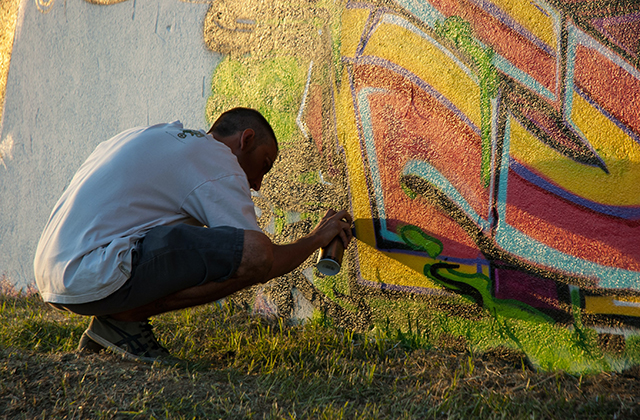A film’s style is the way it looks and sounds. The cinematographer and composer bring their own styles to the film, but so do the director and actors. A director may choose to shoot a scene in one style and then change it for another style in another scene. This is called cinematic style, or mise en scene. Concept boards has different styles in film making.
The following are some of the most common approaches to cinematic style:
Naturalism – This approach attempts to make the audience believe that what they are seeing is real. It often uses real locations and non-professional actors who are dressed normally for their roles. Naturalistic films can be shot with a handheld camera, which gives them a more realistic appearance than if they had been shot from a tripod or dolly (a wheeled platform upon which the camera moves).
Symbolism – A symbol is something that stands for something else through its resemblance or association with it. For example, roses are often used as symbols of love because they’re red like blood and grow best in sunny places like gardens where people gather together socially (as lovers do). Symbolism can be used in any cinematic style but is most obvious when you see it because it’s unusual or out of place.
When you think of film, you might picture an action movie or a love story. But filmmakers can tell any kind of story with their camera. The style of filmmaking depends on the director’s vision and personal preferences. Here are some common cinematic styles:
Suspense – This is the oldest style of filmmaking, which dates back to the early 20th century. Directors use suspense to heighten the audience’s anxiety about something that might happen in the future. They do this by showing characters doing ordinary things and then cutting away from them before something happens. For example, if a character is walking down a dark street alone at night, we know something bad could happen to him or her at any moment because it has happened in other films like this one before (if not in real life). Suspenseful scenes are used to create tension or fear for the audience.
Documentary – Documentaries are supposed to be true stories told without any fictional elements added to them by filmmakers or actors playing themselves on screen (e.g., Michael Moore’s documentaries). However, they often have an agenda behind their creation that makes them less objective than they appear at first glance.
Cinematic Styles
The style of a film can be determined by the director’s choice of camera angles, lighting and movement. This is known as the visual style of a film. The best way to understand how each cinematic style works is to look at them in action.
Auteurism
This is a French term that translates to “author” or “authorship.” It was first used by French writer François Truffaut in 1954 to describe the work of filmmakers who made their own films from start to finish without interference from producers or other parties outside the filmmaking process. Directors like Alfred Hitchcock and Stanley Kubrick are considered examples of this cinematic style because they were able to make all of their films according to their own vision without having anyone else influence their work.
Naturalism
Naturalism is characterized by the use of real locations and props that are meant to look natural rather than artificial or stylized. The goal behind this type of shot is realism, so it should not be confused with documentary film making (although documentary films may also be considered naturalistic). Naturalism was popularized by Dziga Vertov in his 1920 silent film Man With A Movie Camera, which used actual footage from Moscow streets instead of sets or backdrops.
In the beginning of film making, there were two styles of film making. These were called “classical” and “realistic.” In the classical style of film making, the camera was still and shots lasted for minutes. The actors did not speak and they used pantomime to convey their message. The realistic style of film making was just that; it tried to portray real life as much as possible. It used close-ups and long shots, but never pans or tilts.
The first films were very simple with no sound or color added. Slowly these films became more complex until today when we have color films with sound and special effects added. The styles of film making have changed over time as well as how we view films today.
Documentary
Documentaries are meant to be an accurate representation of real life events or situations. They are filmed without any reenactment or dramatization, so the audience can feel like they’re watching actual events unfold in front of them. This style requires a lot of research and preparation before filming can begin, since there won’t be any special effects or other tricks used to make the footage look more realistic.
Fantasy
Fantasy films are defined by their use of imagination and creativity to create something new and exciting for viewers. They may feature fantastical worlds where magic exists or make-believe characters who don’t exist in reality but could still be possible if we tried hard enough to believe in them! These types of movies often have an element of magic or supernatural powers involved, which sets them apart from other genres entirely!
